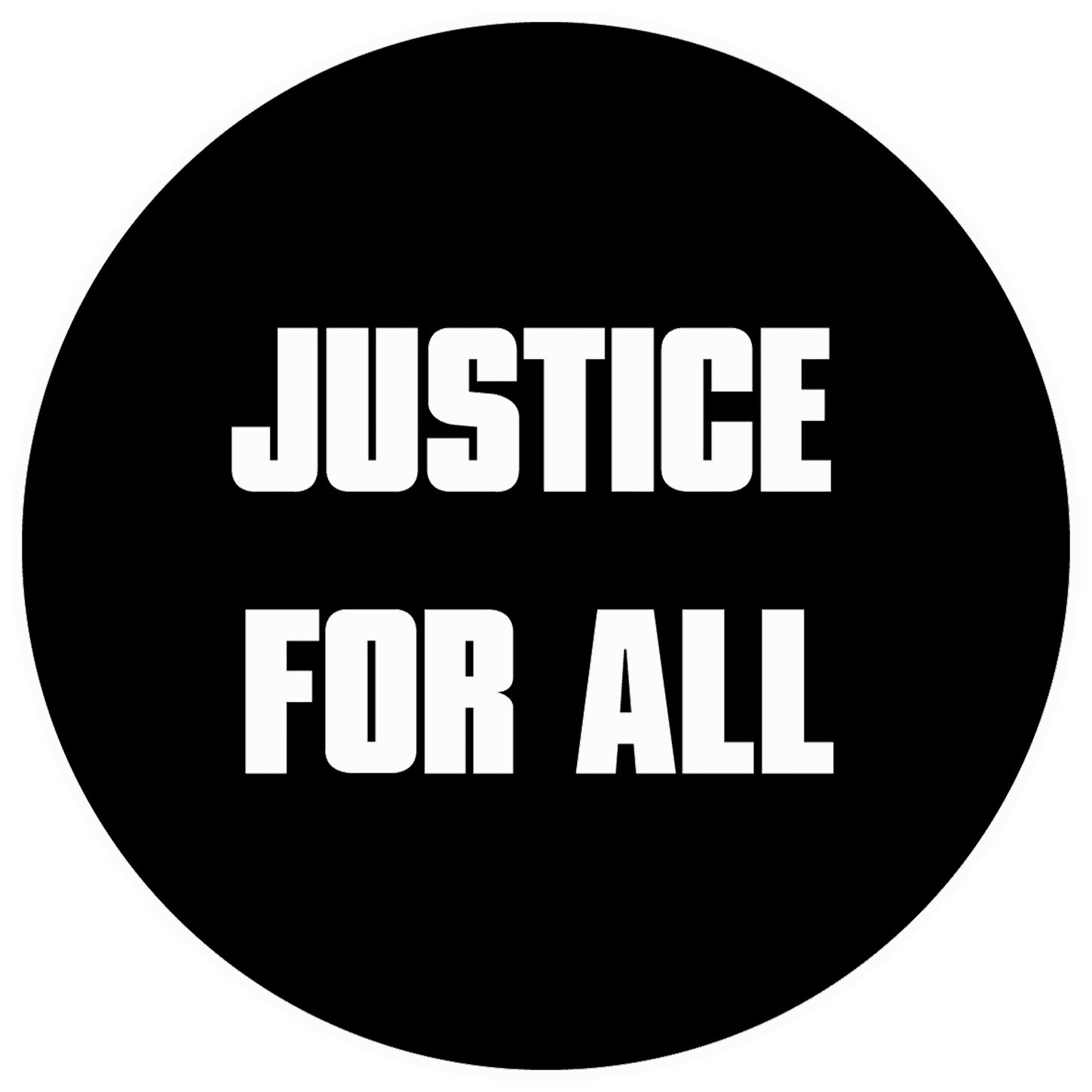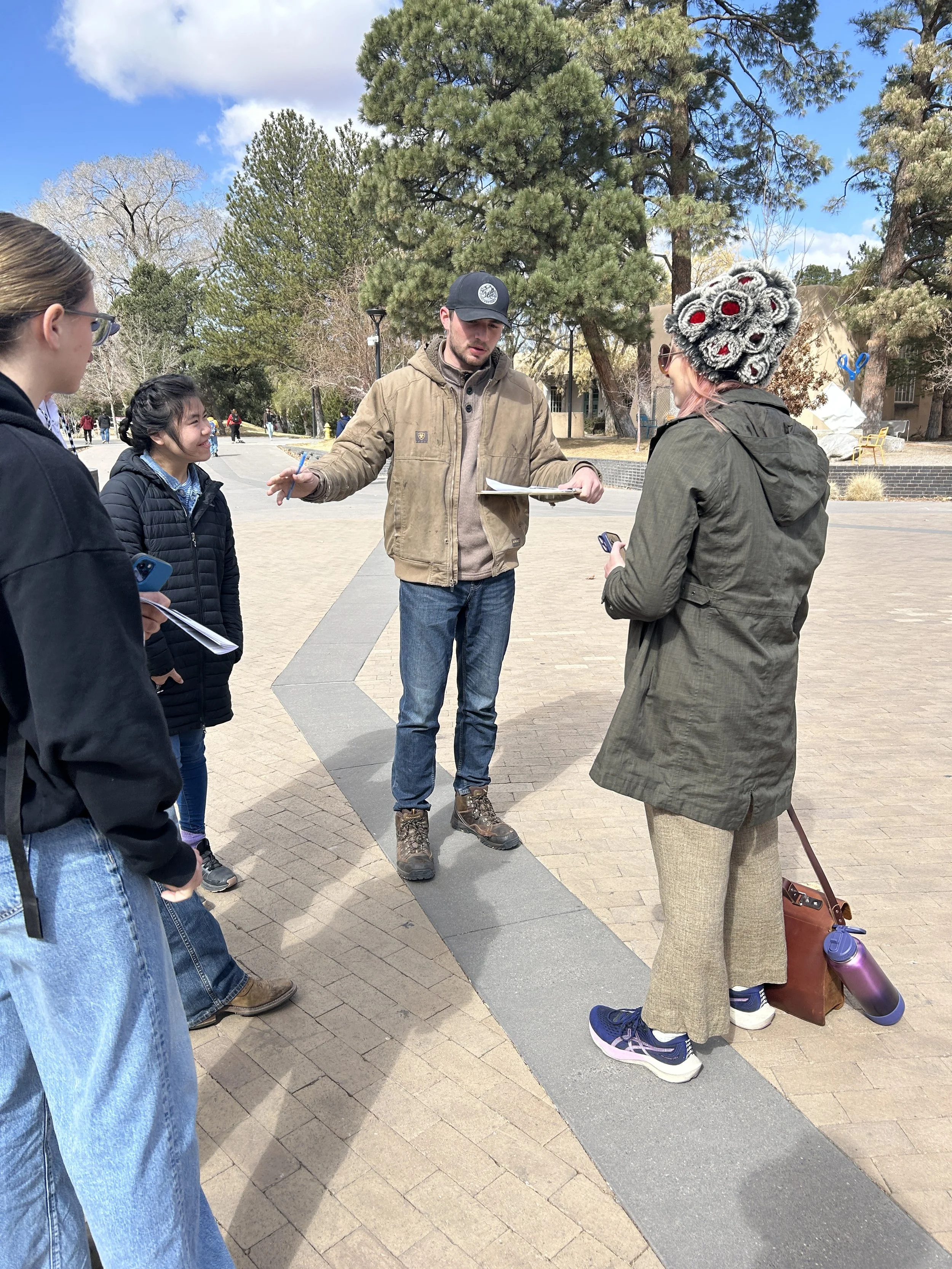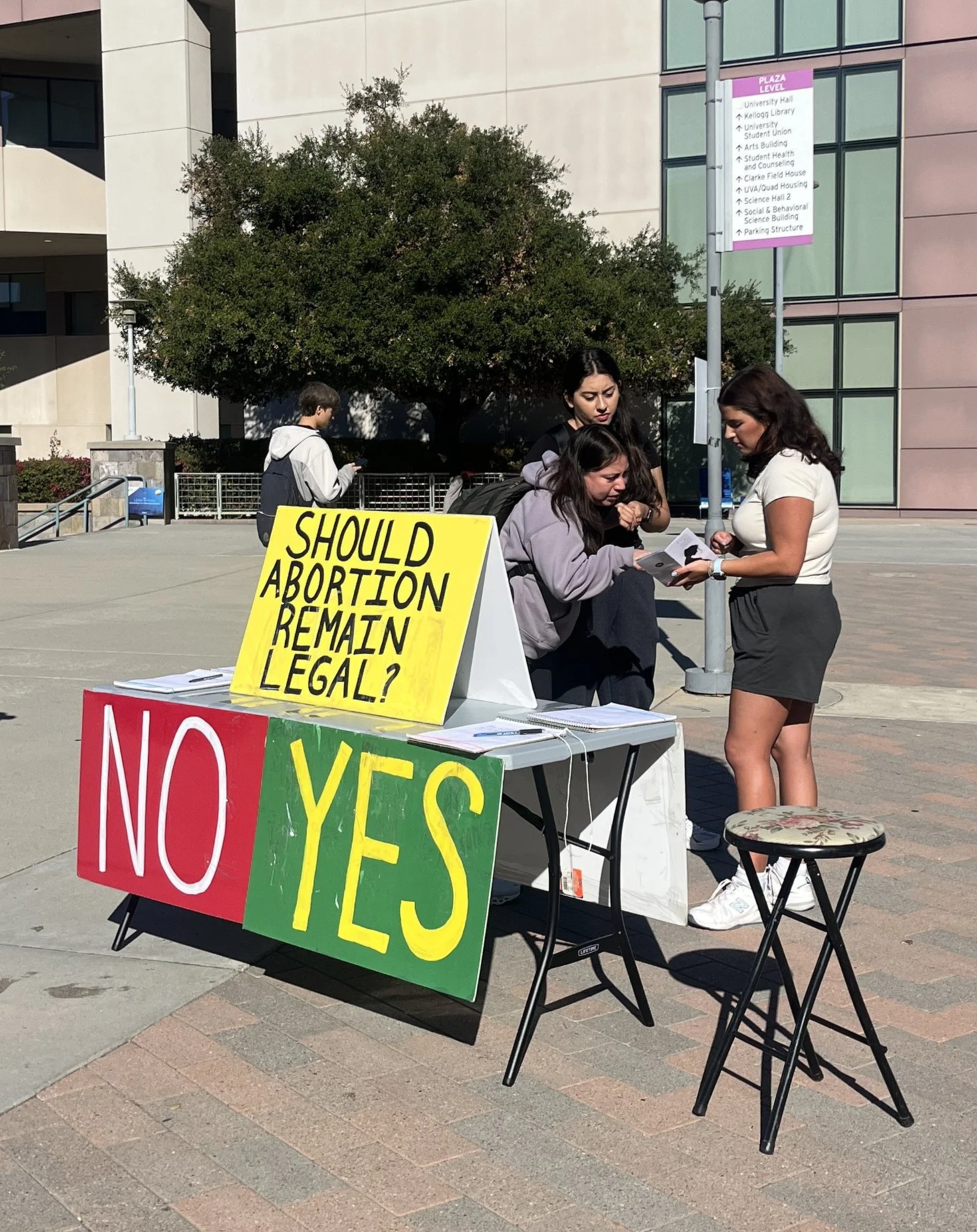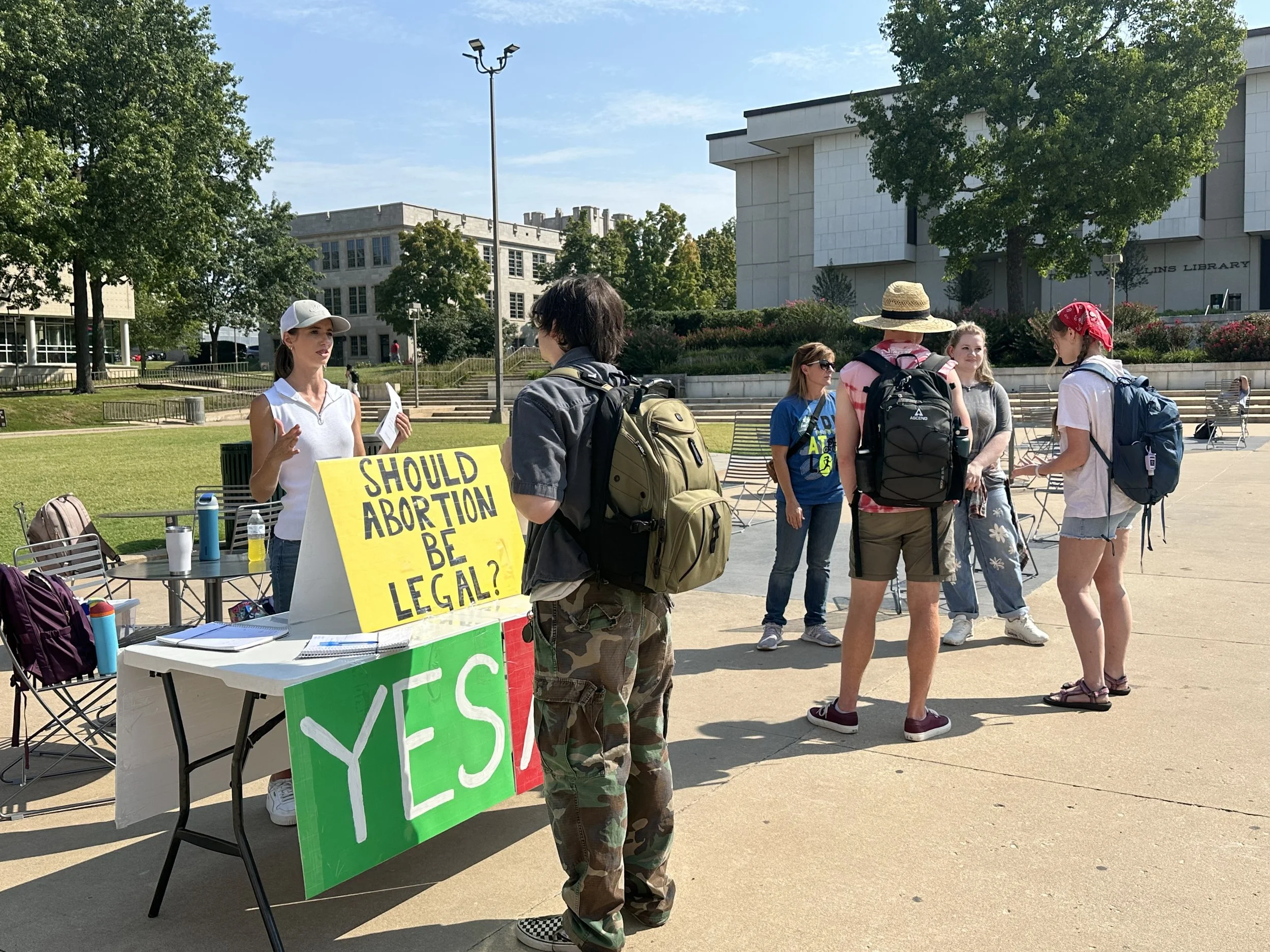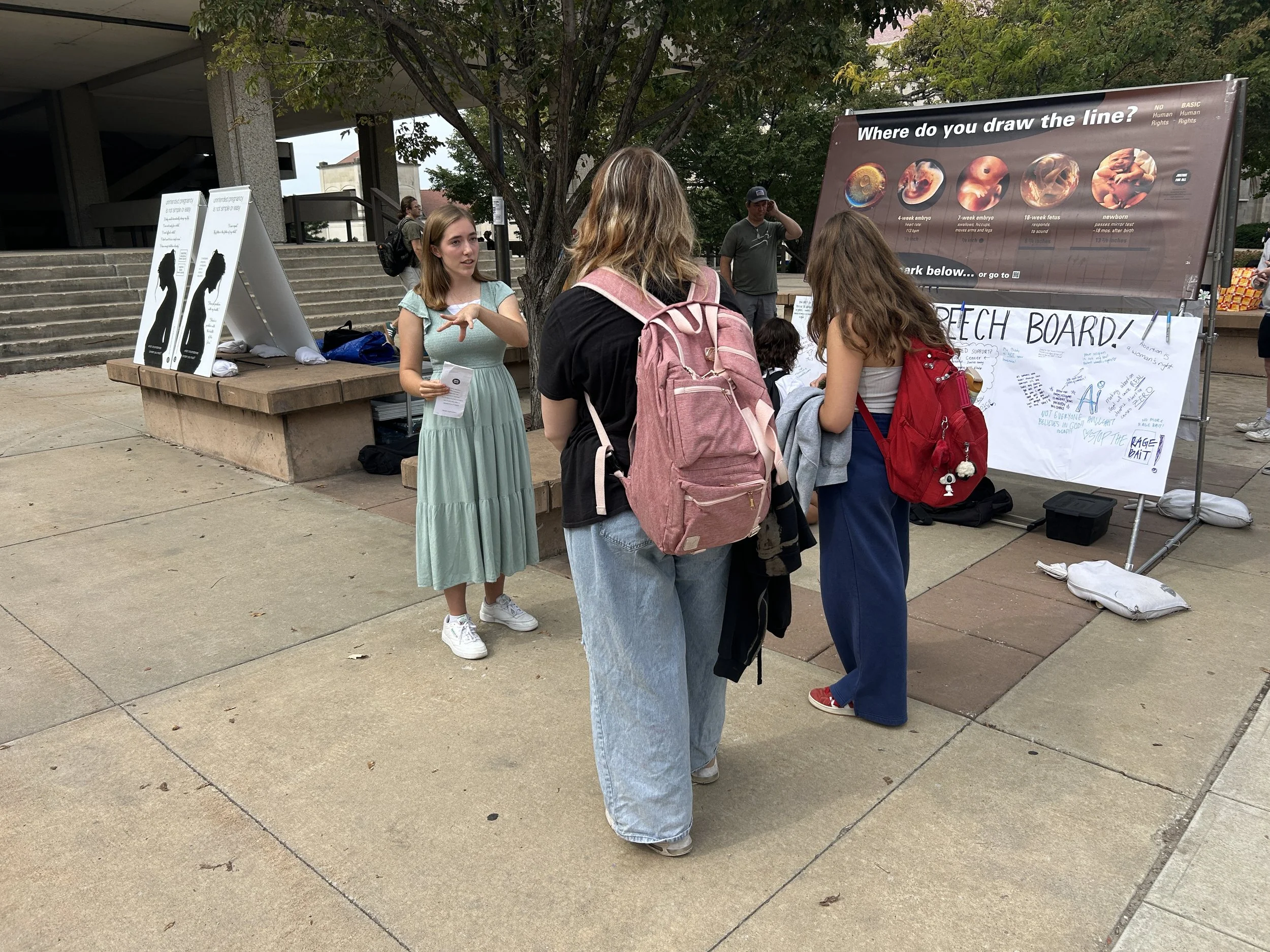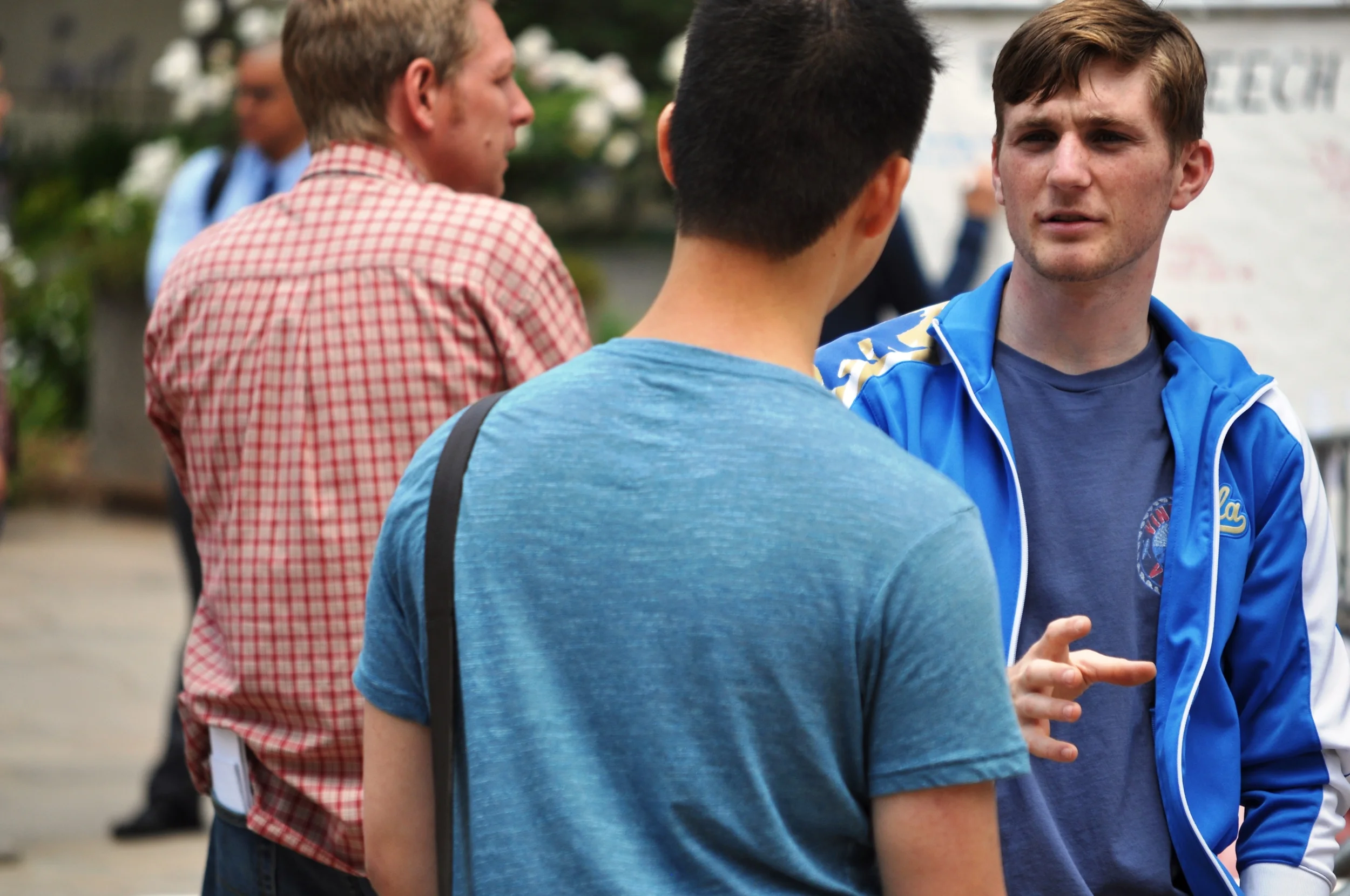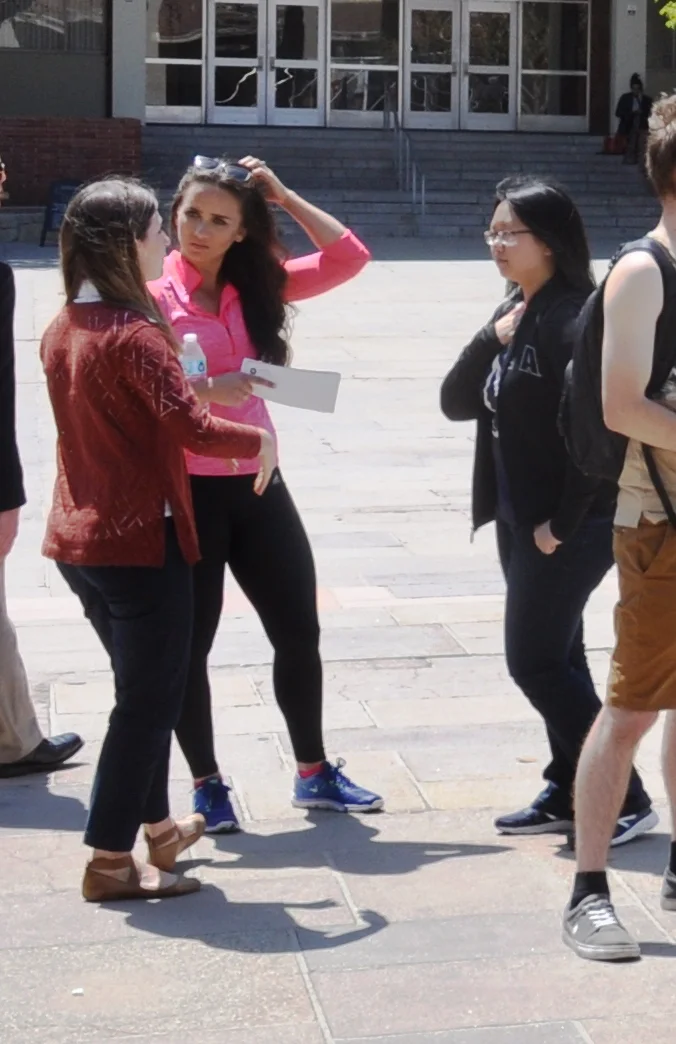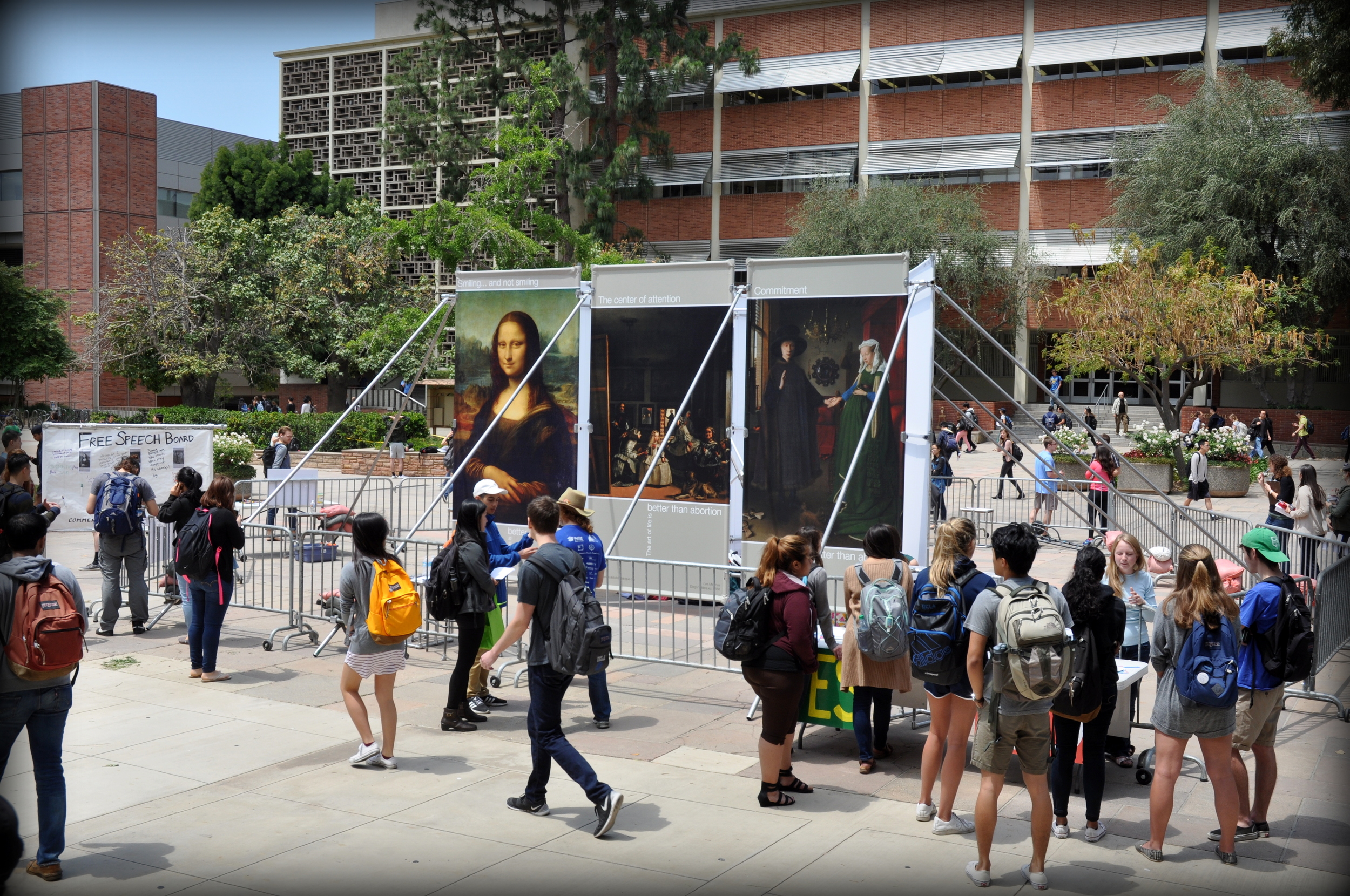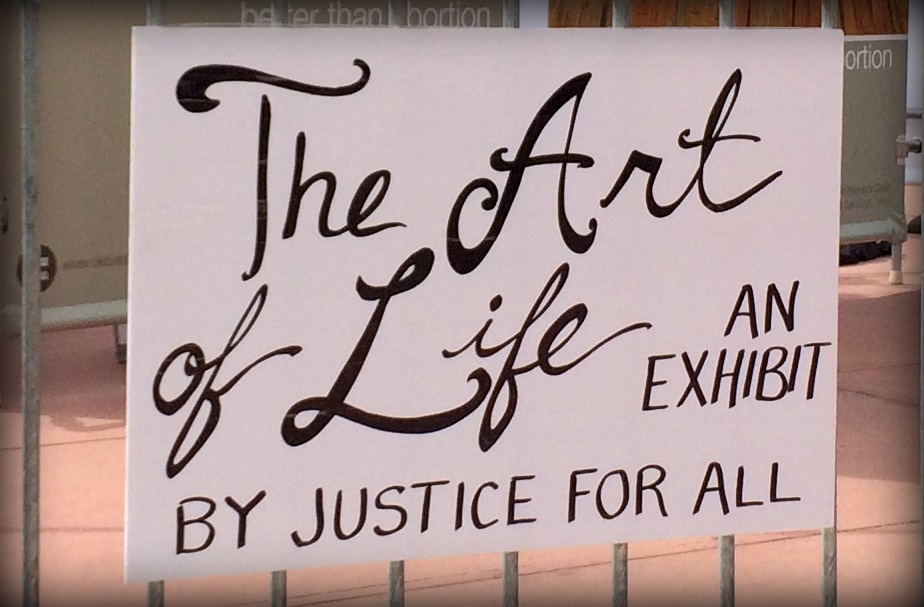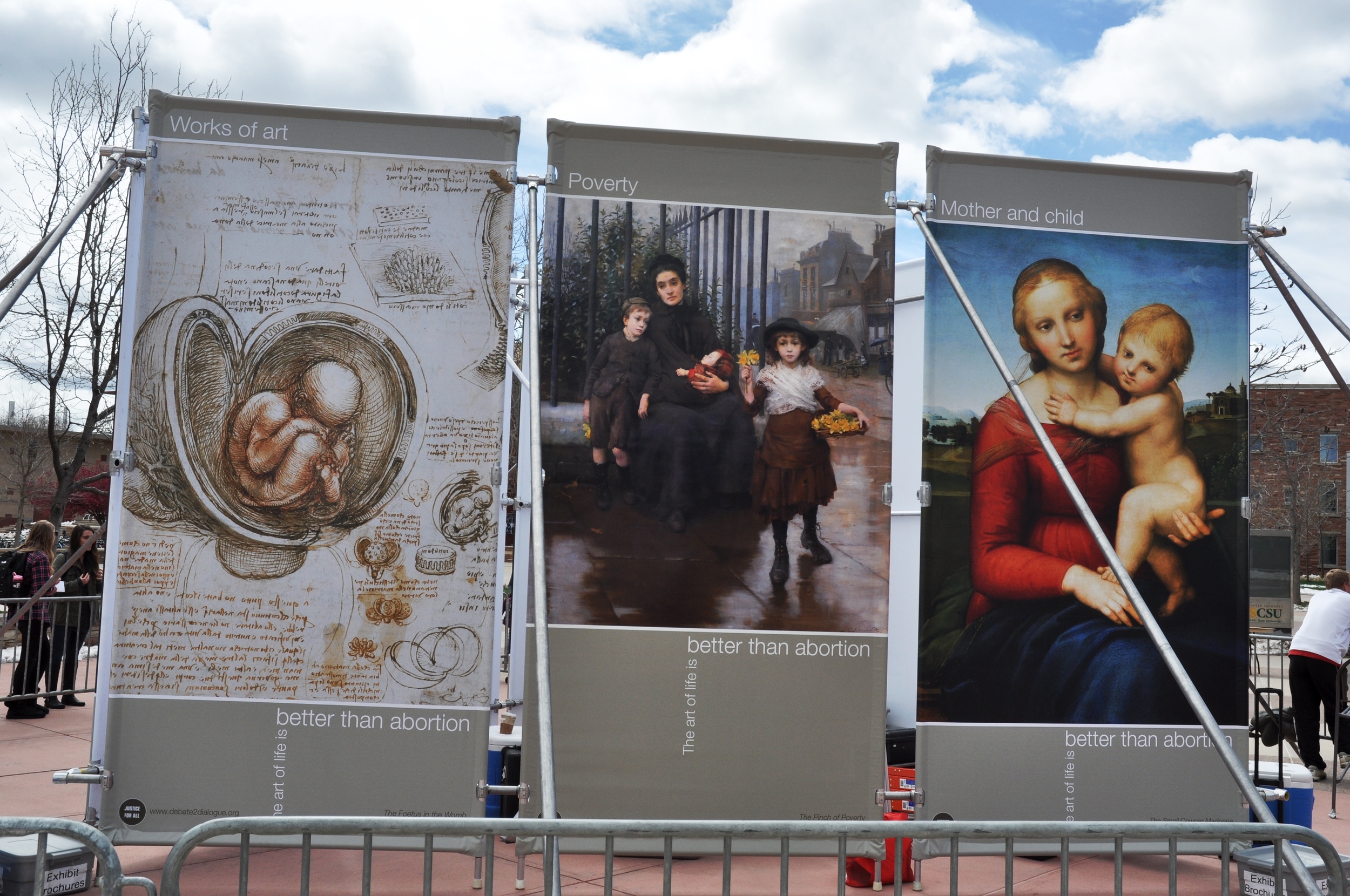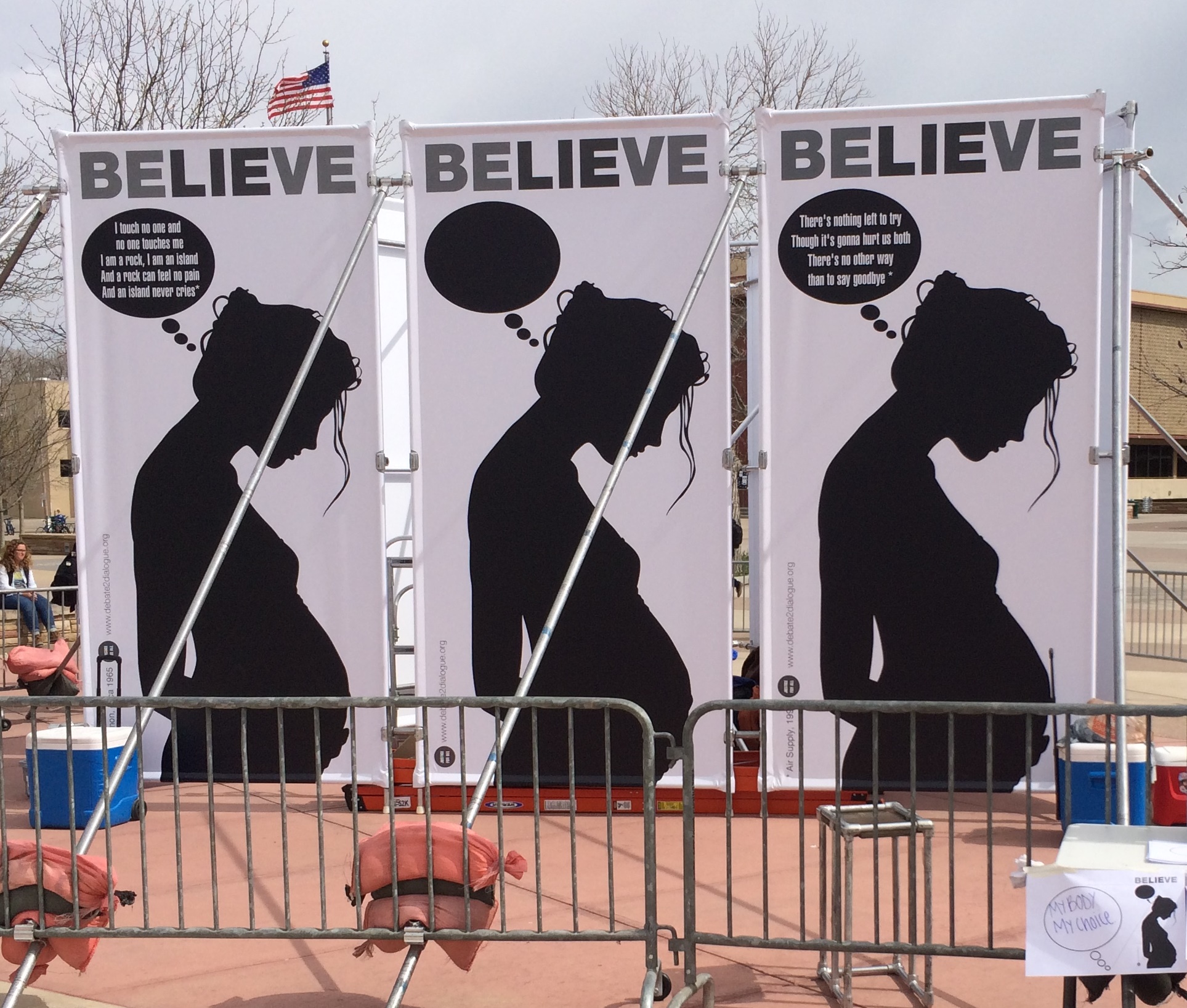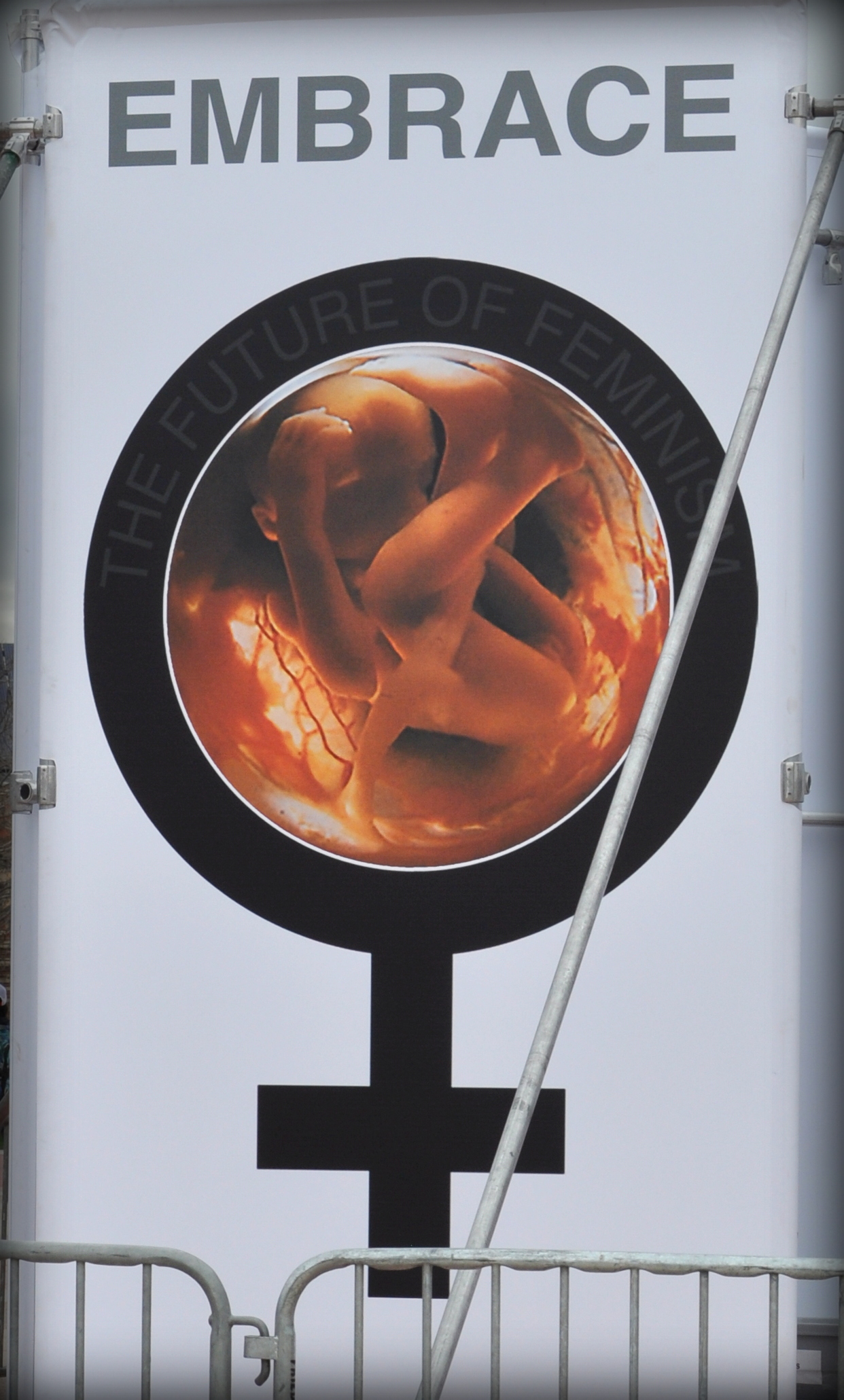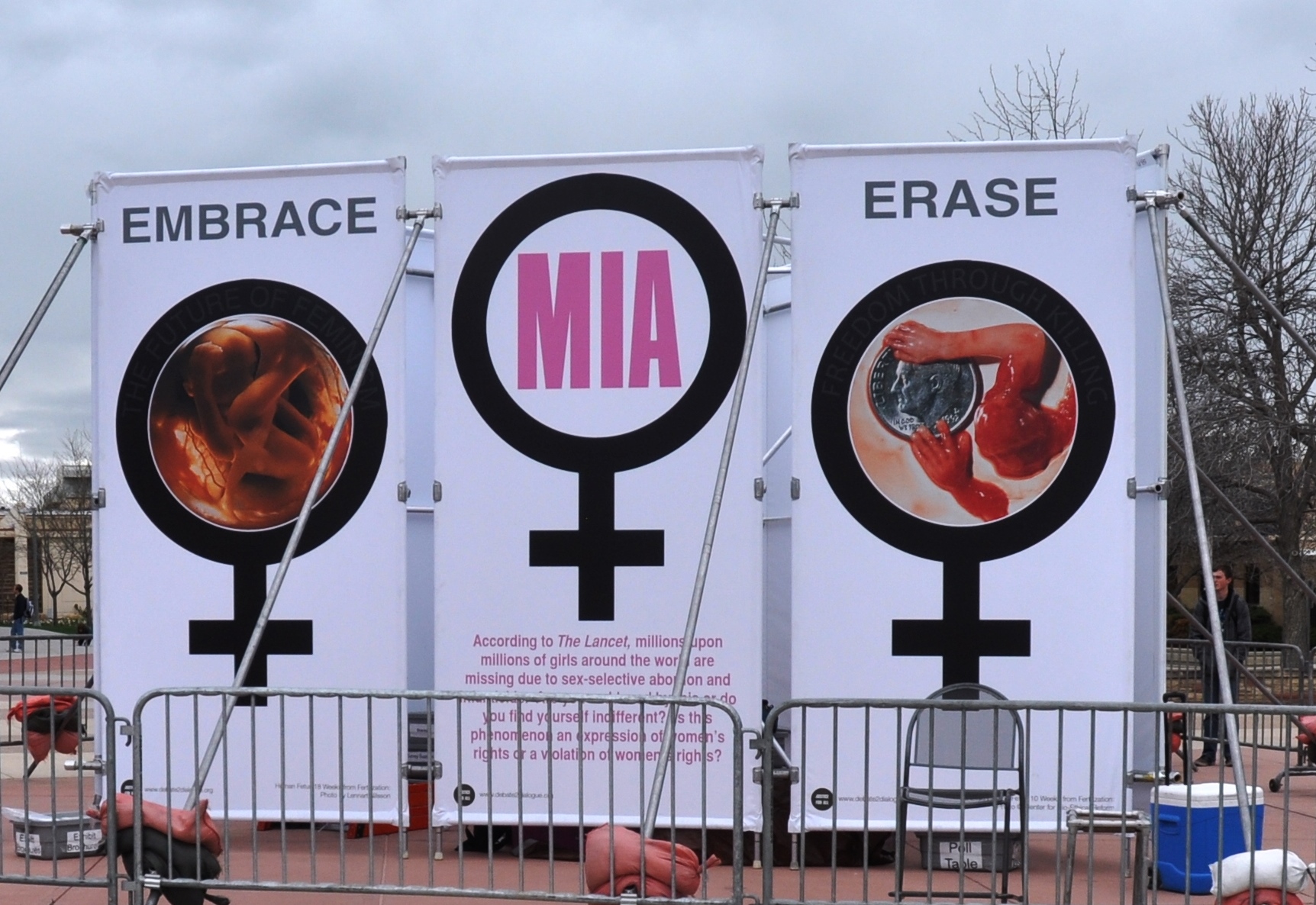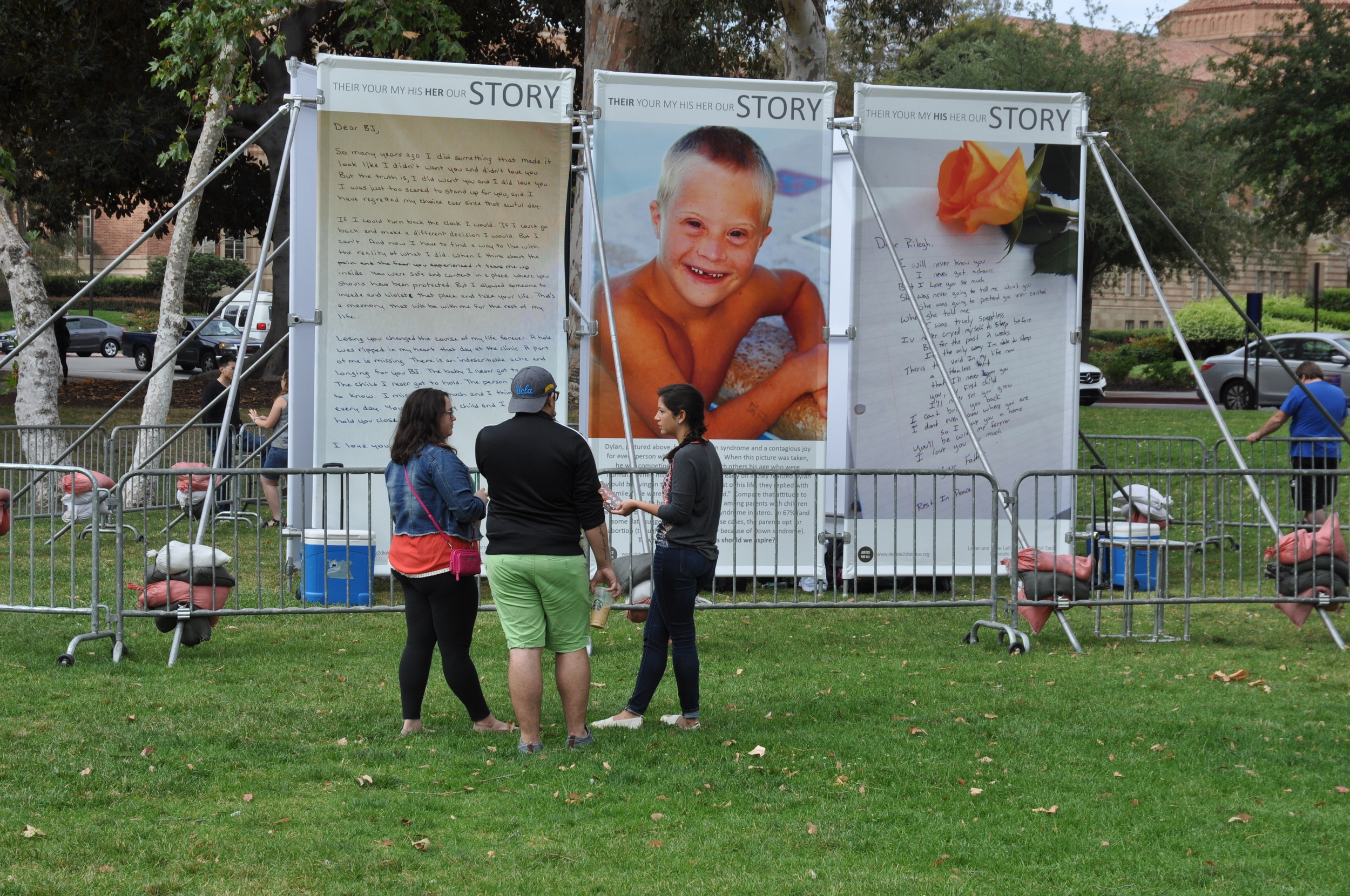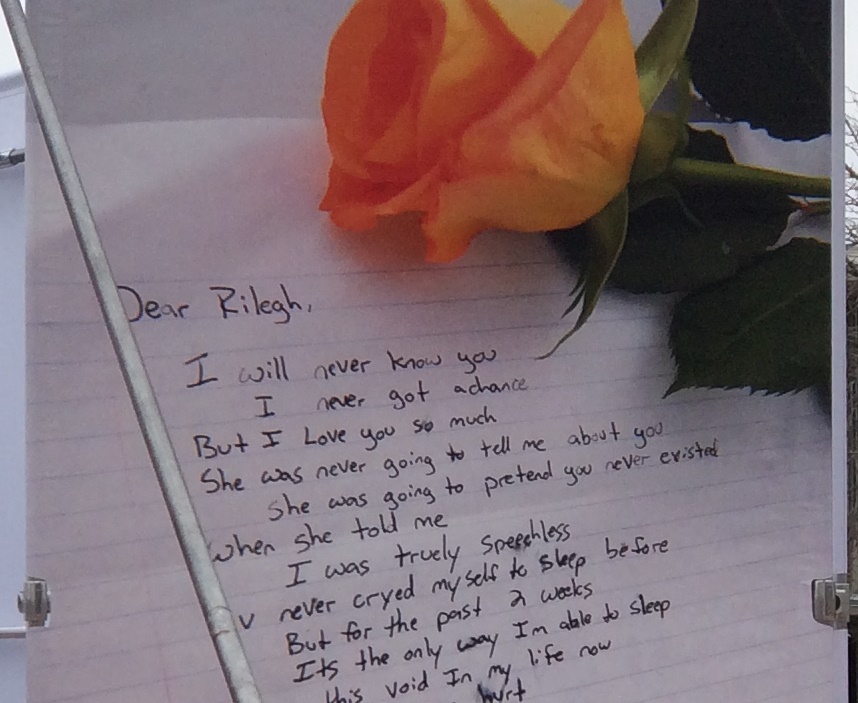As a priest and a Levite walked on the road to Jericho one day, each saw the man left for dead by robbers, and each passed by. As Scott Klusendorf pointed out to me many years ago, we can imagine that these two passersby felt pity, but they did not actually take pity on the man. Only the third passerby on the road that day, the Samaritan, stopped to help the man. The Samaritan allowed himself to be completely put out by the project of meeting the needs of the person in front of him.
Jesus then asked, “Which of these three do you think proved to be a neighbor to the man who fell into the robbers’ hands?” Jesus’s response brought into focus the much more sinister meaning of the lawyer’s question. Ironically, although the lawyer appeared to be asking “Whom should I love?” he was actually asking the opposite question: “Whom can I not love? Whom can I safely ignore?”
This was the wrong question, of course, and Jesus flipped it on its head. From Jesus’s perspective, we should not ask, “Whom can I exclude?” but rather, “How can I become the sort of person who is a neighbor to anyone in need? Who should I become?”
Moving then to a point of application in my sermon, I shared some of the ways that the people in our JFA community have sought to “prove to be a neighbor” to two groups of people who have been forgotten and left for dead, literally and figuratively, on today’s “road to Jericho”: unborn children and their parents.
Transforming the Election Question
During this election time, many Christians are asking the question that seems most pressing: “For whom should I vote?” I wonder, though, if a more important question is, “What sort of person should I be?” This cuts to the heart of the election, bringing it into focus:
Whoever becomes President of the United States, how can I become the sort of person who helps unborn children myself rather than relying on politicians to do the entire job for me?
How can I become the respectful, humble sort of person who stands for the right of those who disagree with me to speak freely, trusting God to change hearts and minds?
How can I become the sort of person who speaks up for those who can’t speak for themselves, even with family and friends, even when my own social comfort is on the line?
How can I become a courageous person who joyfully endures persecution for my beliefs?
How can I habitually pray that God helps me to become the person he meant for me to be?
I suggest then that as you consider “For whom you should vote?” that you take care not to allow that important question to mask a deeper, more insidious question: “What can I leave to my elected leaders to handle for me?” Instead, let’s become the sort of people who actively meet the needs of unborn children and their parents by creating conversations that change hearts and save lives. It’s only by the hard work of thousands of us seeking to become people who change minds ourselves that we can make abortion unthinkable for millions and help to bring about justice for all.
Want to become that person? Our events and online resources can help. Want to help us train thousands to become advocates in the coming months and years? Your gifts to JFA make this possible.
P.S. As the election approaches, would you consider taking one hour of time that you would have spent discussing the candidates for president and spend it instead on becoming an advocate for unborn children? Our “Learn at Home” Program can help.
